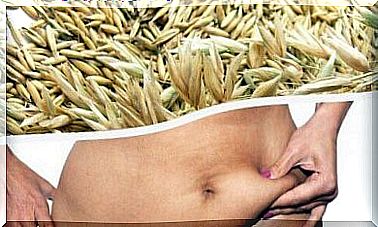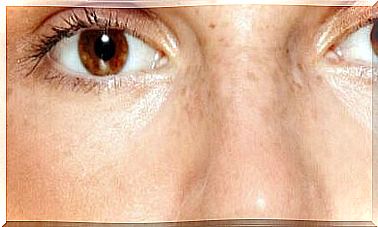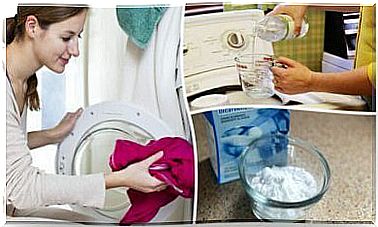Arteriosclerosis Of The Limbs: Causes And Treatment
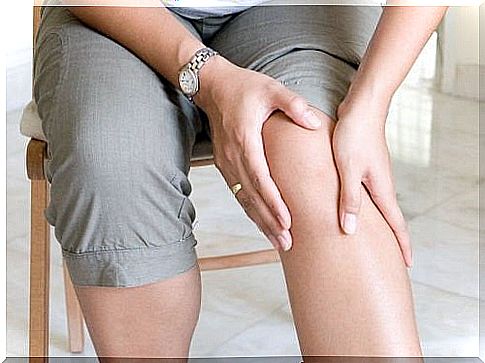
In this article, we focus on arterial disease (atherosclerosis), which occurs in the arteries of the legs and arms. Arterial disease is a common problem due to narrowing of the blood-carrying arteries. Blood flow in a vein is usually disrupted due to high cholesterol, as cholesterol causes blockages in the veins, increases the risk of blood clots, and makes blood vessels more inflexible. In this article, we will focus on the nature of atherosclerosis in the limbs.
Hardening of the arteries leads to many problems in the long run, especially circulatory disorders, varicose veins, swelling of the legs and arms, numbness, muscle cramps, and muscle fatigue.
Can the development of atherosclerosis be prevented? Indeed. Healthy lifestyles are the best weapon against arterial disease.
Arterial disease: what symptoms does it cause?
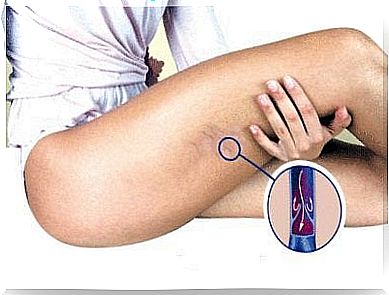
Arteriosclerosis of the limbs is a common ailment, especially in women, and is often associated with other health problems such as heart disease, carotid artery disease, and lower limb dysfunction.
Thus, the problem does not appear out of nowhere, but can usually be preceded by high blood pressure, high cholesterol, overweight, and genetic factors.
Cold disease of the extremities usually symptoms in the following ways:
- The accumulation of plaque and fat on the inner surface of the arteries causes the arteries to constrict. Blood circulation slows and becomes more difficult, while the amount of oxygen in the tissues of the limbs decreases. This results in the muscles getting tired easily. After just a few minutes of walking, your feet may start to cramp or burn. This is a clear sign that the blood is not circulating properly and carrying enough oxygen.
- When muscles and tissues do not get enough oxygen, they become irritated and inflamed. The body responds to inflammation by accumulating fluids in the joints and tissues. You may suddenly notice that the shoes have become tight and your feet look swollen.
- Arteriosclerosis of the limbs usually occurs in people aged 50-55. You may notice a burning sensation in your legs as you rest, especially when you lie down in the evenings. Burning and tingling can make it difficult to sleep. The feeling in the legs is painful and strenuous, and greatly affects the quality of life.
- The uncomfortable feeling and pain usually focuses on the legs, feet, pelvis and buttocks.
- Arteriosclerosis of the limbs usually occurs in combination with varicose veins and venous inflammation, as well as arthritis.
Arteriosclerosis of the limbs – treatment
Treatment for atherosclerosis is largely focused on lifestyle changes. At the doctor’s visit, your doctor will tell you about the different options and give general instructions for improving arterial function. In addition to medication, you can follow these tips:
1. Moderate physical exertion
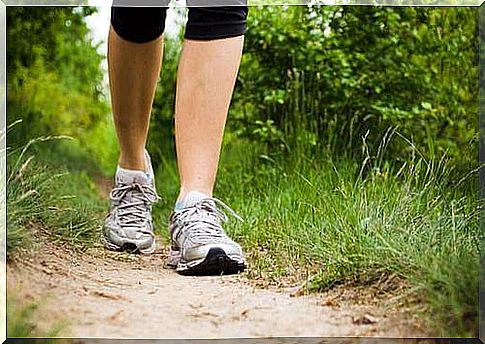
Exercising moderately strenuous exercise is an important part of proper blood circulation. It is especially recommended to engage in aerobic exercise that activates the heart muscle. Exercising improves blood circulation and muscle oxygen uptake. For example, try these forms of exercise:
- Walk half an hour a day
- Swim for 20 minutes
- Cycle for 15 minutes (only if you do not have knee problems or arthritis)
2. Tea drink from garlic and lemon
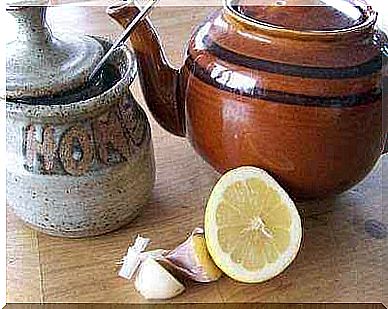
This is a great way to lower cholesterol, relieve inflammation and improve blood circulation. Here’s how to make a caring drink:
Ingredients
- 1 clove of garlic
- 200 ml of water
- A pinch of grated ginger
- 1 tablespoon lemon juice
- 1 tablespoon honey
Manufacturing
Making a drink is quick and easy. Start by peeling and chopping the garlic and boiling the water. When the water boils, add the ginger, honey and garlic. Bring to the boil for 20 minutes and set aside to cool for 10 minutes. Finally, add the lemon juice. Enjoy tea for 10 days in a row, take a five-day break and repeat the treatment cycle.
3. Benefits of pomegranate juice
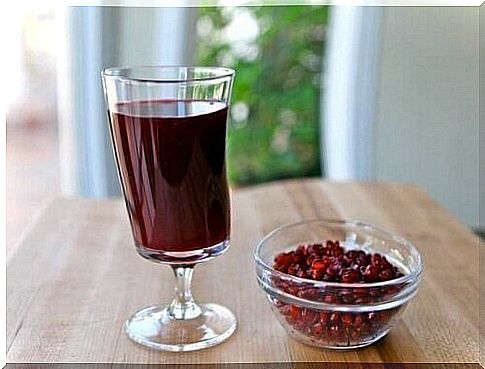
There is hardly any other fruit that enhances arterial health and function as well as pomegranate. Pomegranate is full of antioxidants, fiber and vitamins, and by consuming pomegranate juice you prevent plaque from accumulating in your blood vessels.
4. White tea and mint
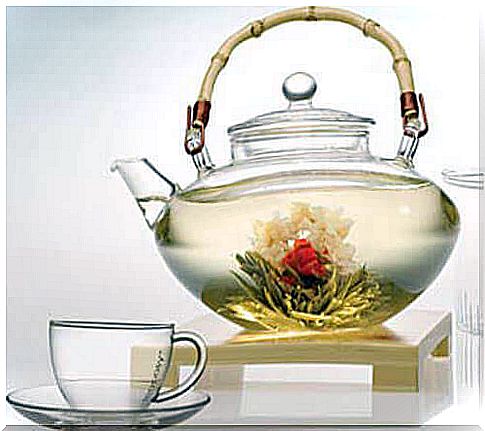
This tea drink is delicious, refreshing and medicinal, and it greatly improves blood circulation. Ingesting tea will prevent muscle pain and the accumulation of malignant cholesterol and hardening of blood vessels. White tea contains the most antioxidants of all teas, making it even healthier than green tea. White tea can be enjoyed daily as an aid to the prevention and treatment of many health problems.
The tea is easy to make and should be enjoyed especially in the evenings:
Ingredients
- 20 grams of white tea
- 20 grams of peppermint
- 1 tablespoon honey
- 200 ml of water
Manufacturing
First of all, you need to boil the water. Add white tea and mint. You will immediately notice how the delicious aroma of the tea rises. Allow the tea to extract for 20 minutes and sweeten with honey. Enjoy!
5. Add these foods to your diet
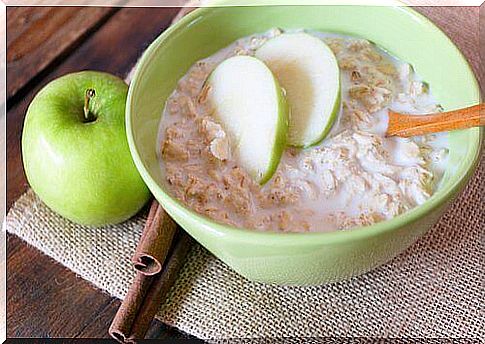
A healthy diet that does not contain animal fat, white flour and sugar is an important part of arterial disease prevention and treatment. Avoid harmful foods and add caring, healthy ingredients to your diet. Enjoy these foods in particular:
- Oats
- Green apple
- Fatty fish like salmon
- Fruits containing antioxidants such as lemon, orange, apple, kiwi, pineapple
- Avocado
- Garlic
- Turmeric
- Olive oil
- Spinach
- Tomato






